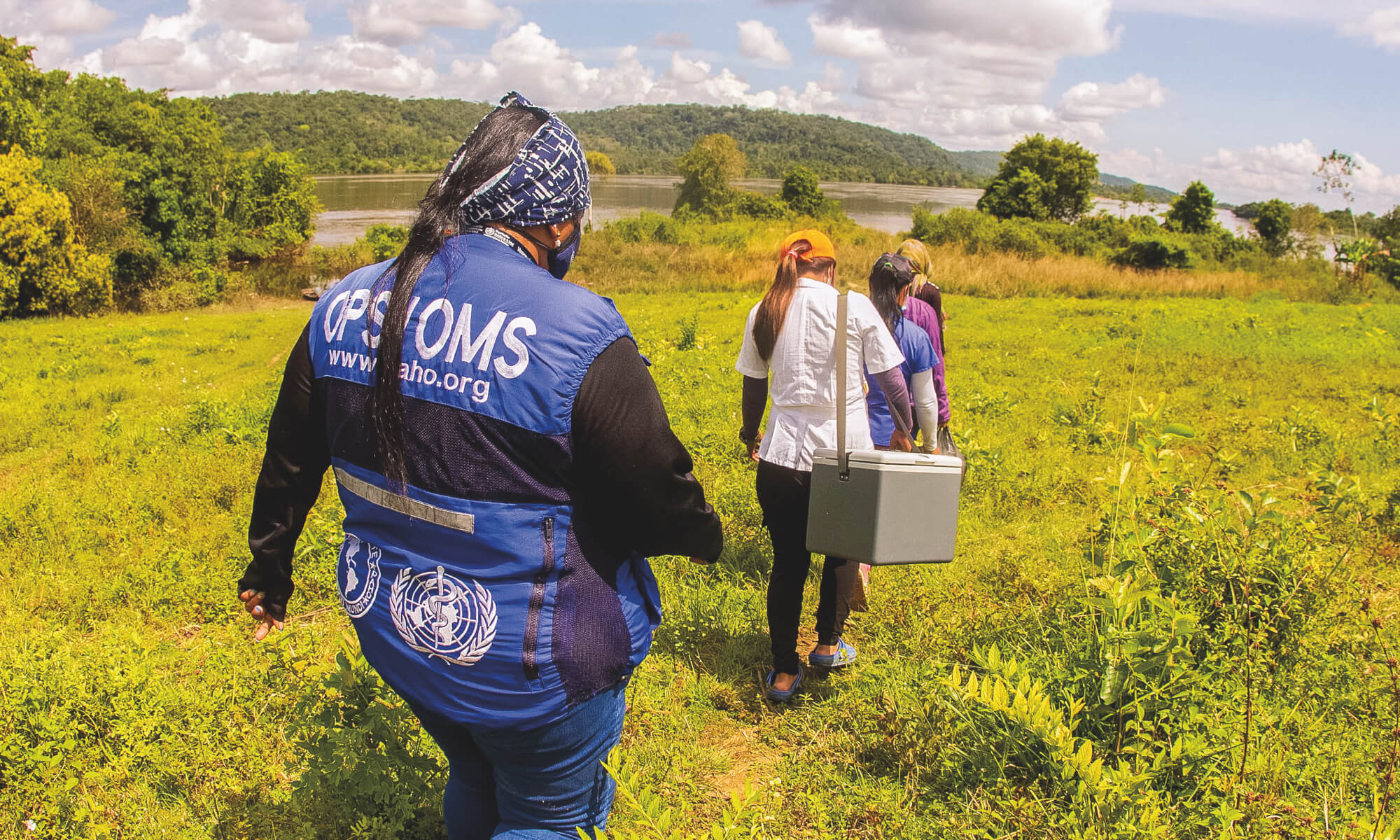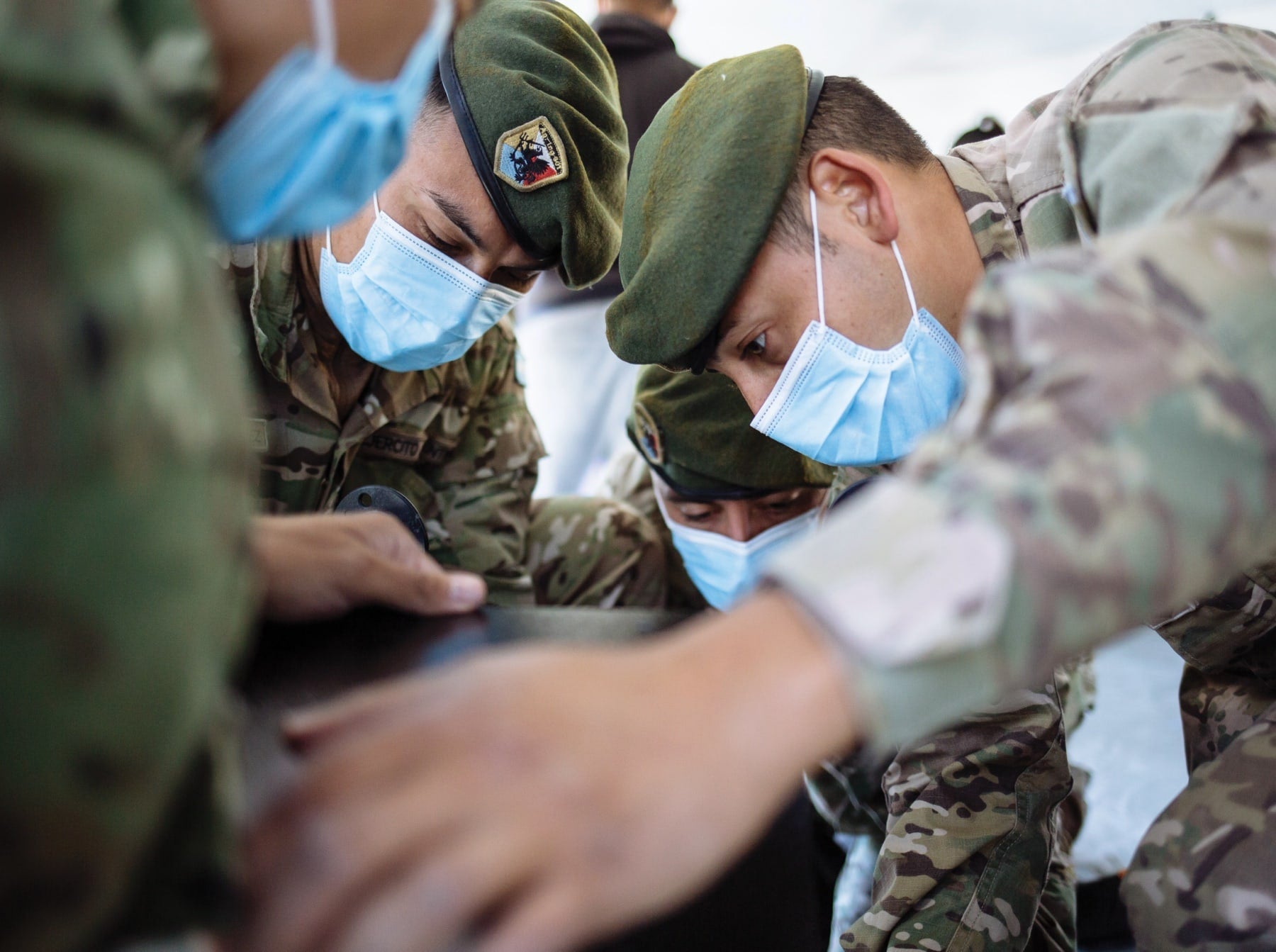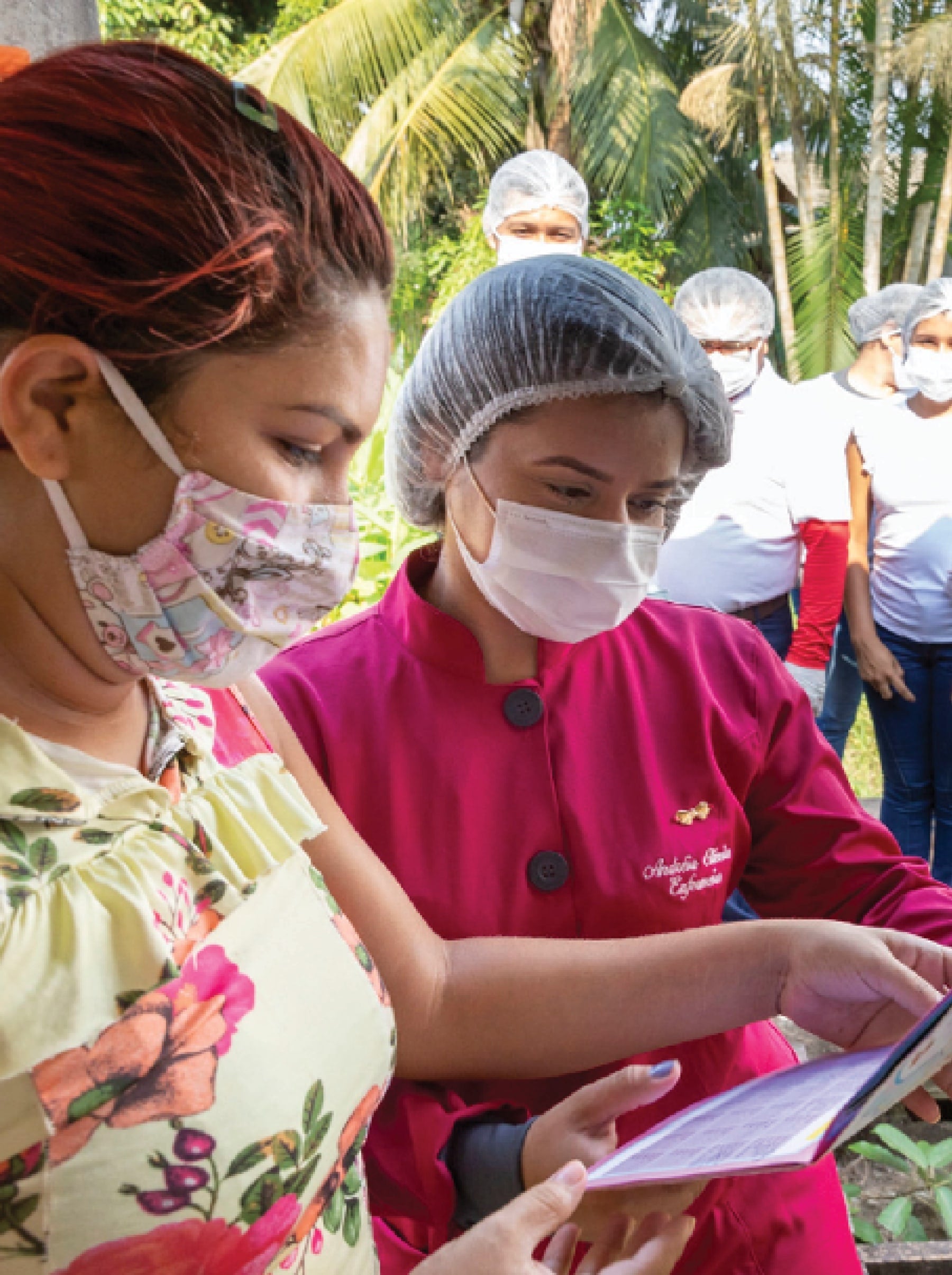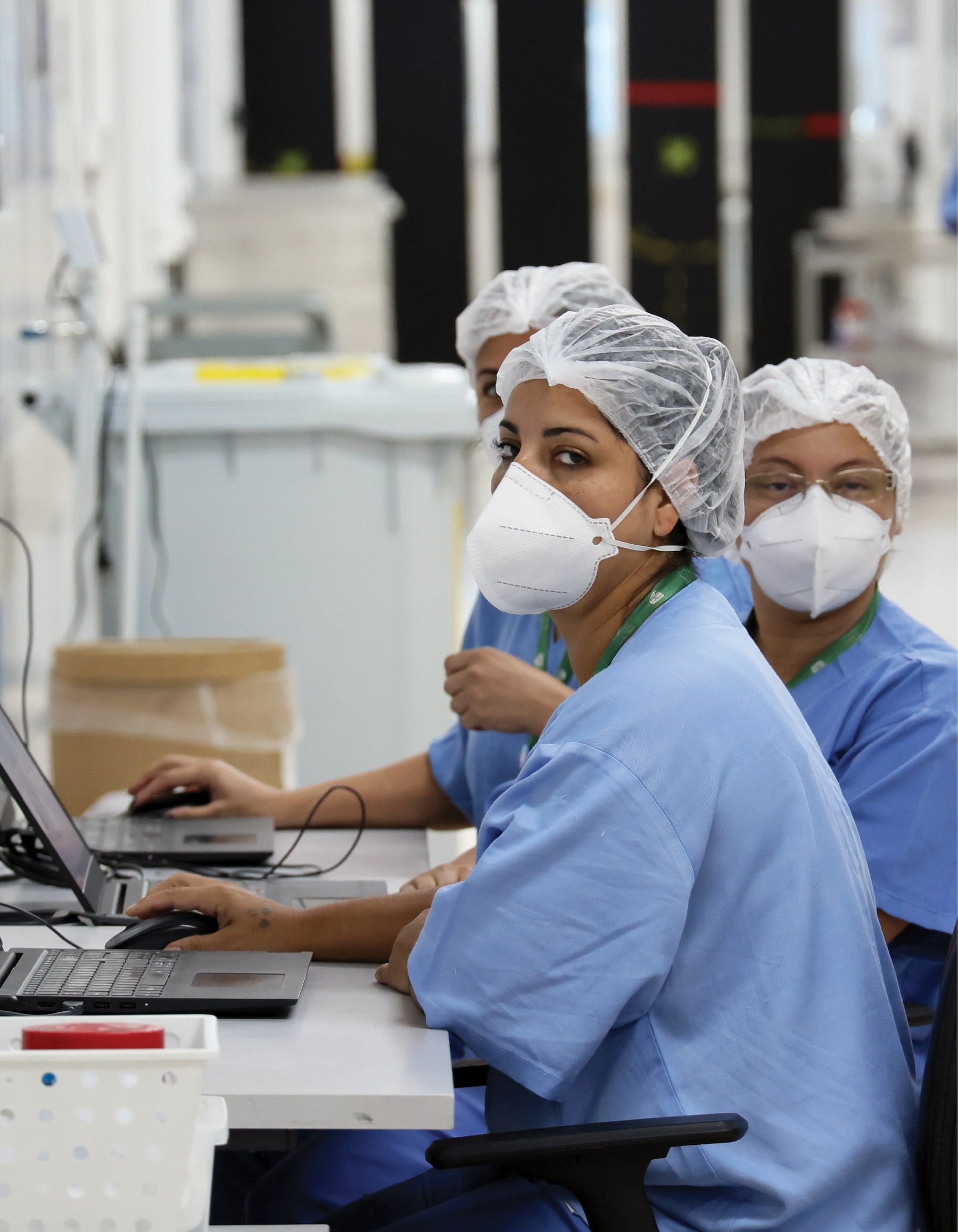Ending the pandemic remains the most urgent goal for the Region’s COVID-19 response and recovery. But helping countries develop capacity to mount future emergency responses without backsliding on other health outcomes is the key to true regional resilience.
As the focus of countries’ attention shifts away from emergency response and toward recovery and rebuilding, it is important that we do not leave the job of ending the pandemic undone. As our successful third year of response has shown, we have the tools we need to end the COVID‑19 emergency: surveillance, vaccination, and information. Reaching the 30% of people who have not yet received their first dose of COVID‑19 vaccine remains an important goal to provide protection in the face of any new wave of infection or variant of concern. Expanding the COVID‑19 Genomic Surveillance Regional Network is also crucial, so that the evolution of the virus is tracked, allowing rapid responses.
The last stage of the vaccination roll out will inevitably be most difficult. Many of the people who have not been reached at this stage are those for whom social exclusion, poverty, or geographical barriers hinder their access to even the most basic health care. But the scale of the challenge should be a motivator rather than a deterrent. Reaching these groups will bring far more notable rewards than greater COVID‑19 vaccine coverage. We will gain an immeasurably valuable understanding of the health system gaps, access barriers, and systemic weaknesses that undermine current efforts to achieve universal health coverage. This knowledge will serve us well as we move forward.
The other important lesson we must retain for the future is how effectively PAHO can perform when it champions a truly regional approach in partnership with key stakeholders. Global emergencies compromise the availability of international support, so it is even more important in times of shared health crisis that we, as a Region, should support each other and put our common interests above national concerns. The US Government rose to the challenge and supported key regional organizations in a coordinated response to tackle the pandemic. It is therefore a pertinent time to acknowledge how valuable its funding has been in empowering PAHO to help Member States lay the foundations for better, quicker, and more effective responses to future outbreaks. Many of the interventions developed, implemented, and expanded during 2022 – such as strengthening genomic surveillance, vaccination cold chains, technology sharing among vaccine manufacturers – will improve future responsiveness and deliver better outcomes. However, it is also important to recognize the broader benefits of PAHO’s work in strategically guiding countries to use their COVID‑19 control efforts as an opportunity to prioritize and build up response capacity across the Region as a whole.
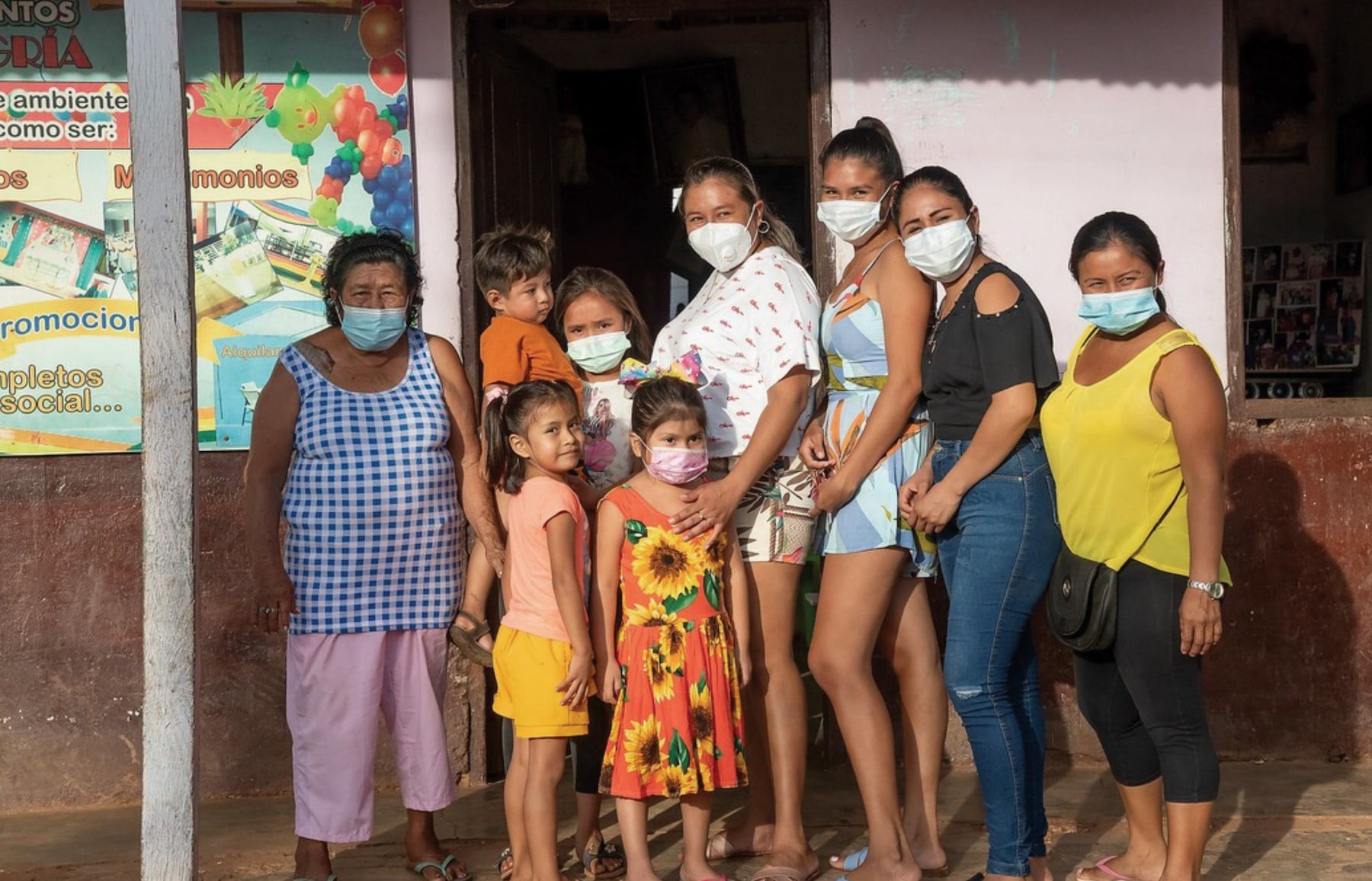
Three generations of the Chávez family from Riberalta, in Beni, northern Bolivia, were vaccinated during the PAHO-supported campaign to reach high risk groups in the municipality.
Reaching the goal of true regional cooperation requires redefining resilience in a way that incorporates cross-border solidarity and recognizes that emergency response capacity must not undermine essential service provision at any level of health system functions, as we have learned to our detriment over the past three years.
PAHO will continue to support Member States to work together to strengthen their national capacities to detect and respond to public health emergencies, build strong health surveillance systems, learn from each other, and ensure that countries all gain the ability to rapidly scale up these capacities as needed without compromising health outcomes. By working across sectors, across borders, and across languages, we know we will be able to achieve and sustain a healthier region and better outcomes in the post-COVID world.
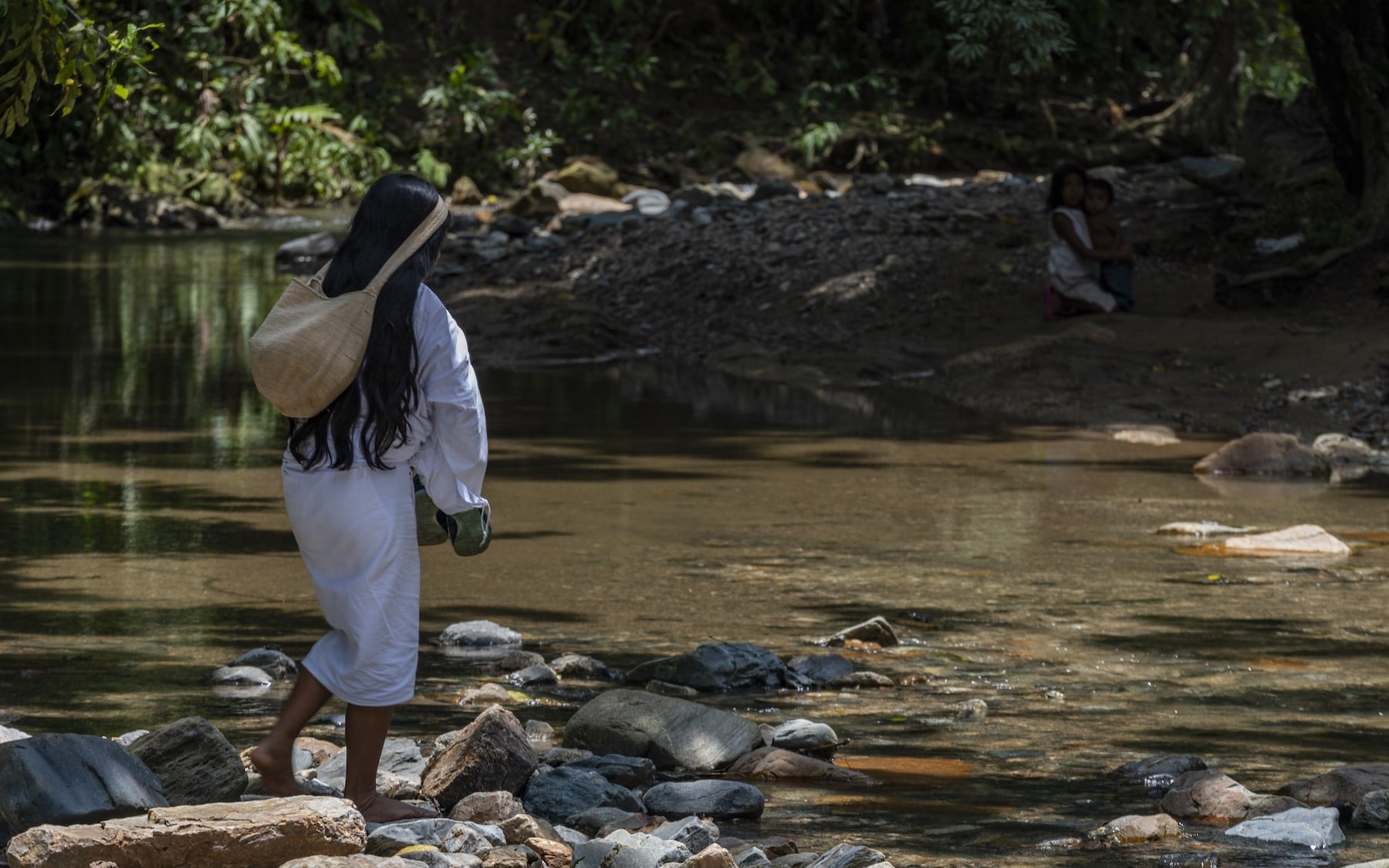
Further Reading
Section 01
Available from: https://iris.paho.org/handle/10665.2/56164
Available from: https://iris.paho.org/handle/10665.2/53540
Available from: https://iris.paho.org/handle/10665.2/56472
Section 02
Website: https://www.paho.org/en/paho-covid-19-response-fund
Available from: https://www.who.int/publications/i/item/WHO-WHE-SPP-2022.1
Available from: https://www.paho.org/en/documents/paho-revolving-fund-brochure-2022
Section 03
Available from: https://iris.paho.org/handle/10665.2/55297
Available from: https://iris.paho.org/handle/10665.2/55972
Available from: https://iris.paho.org/handle/10665.2/54784
Available from: https://iris.paho.org/handle/10665.2/53124
Website: https://www.campusvirtualsp.org/en
Section 04
Available from: https://iris.paho.org/handle/10665.2/56444
